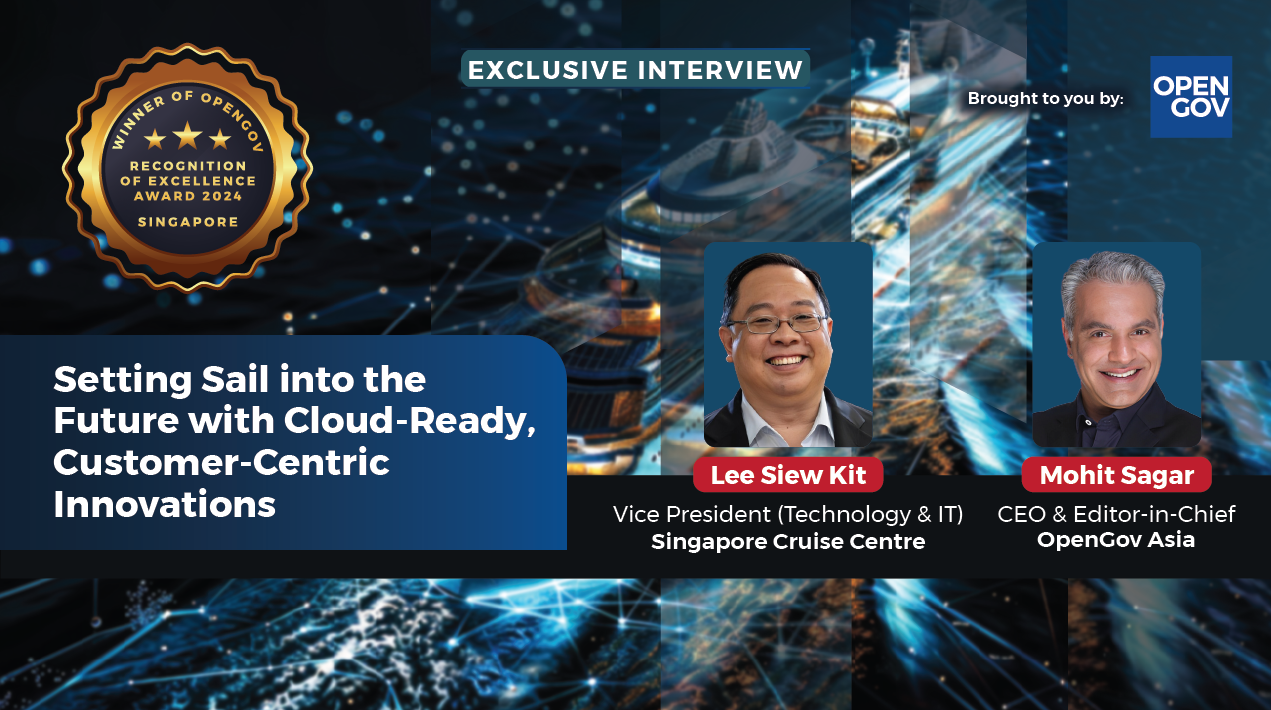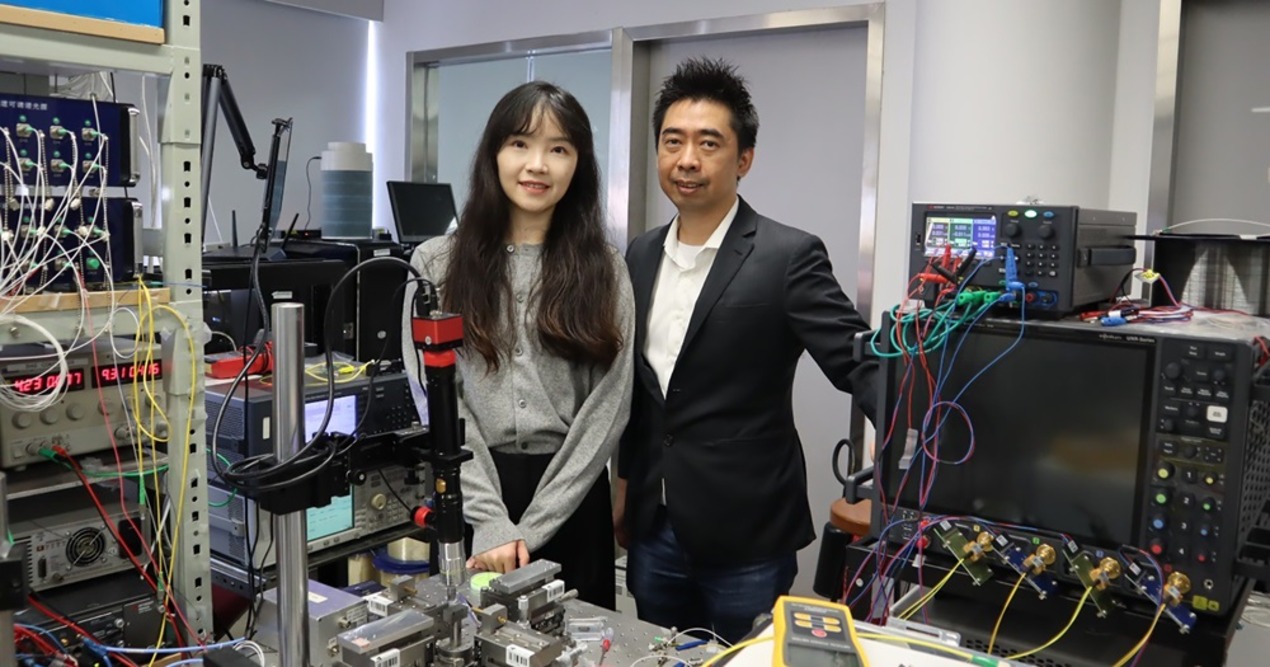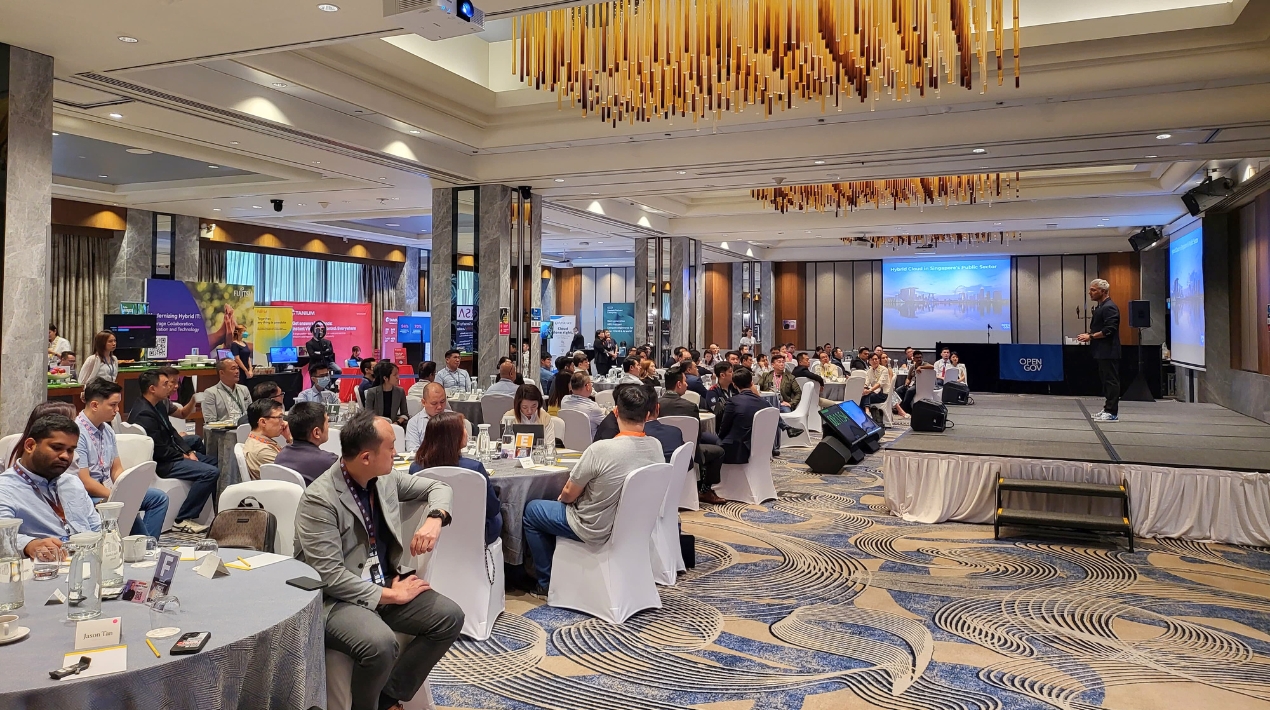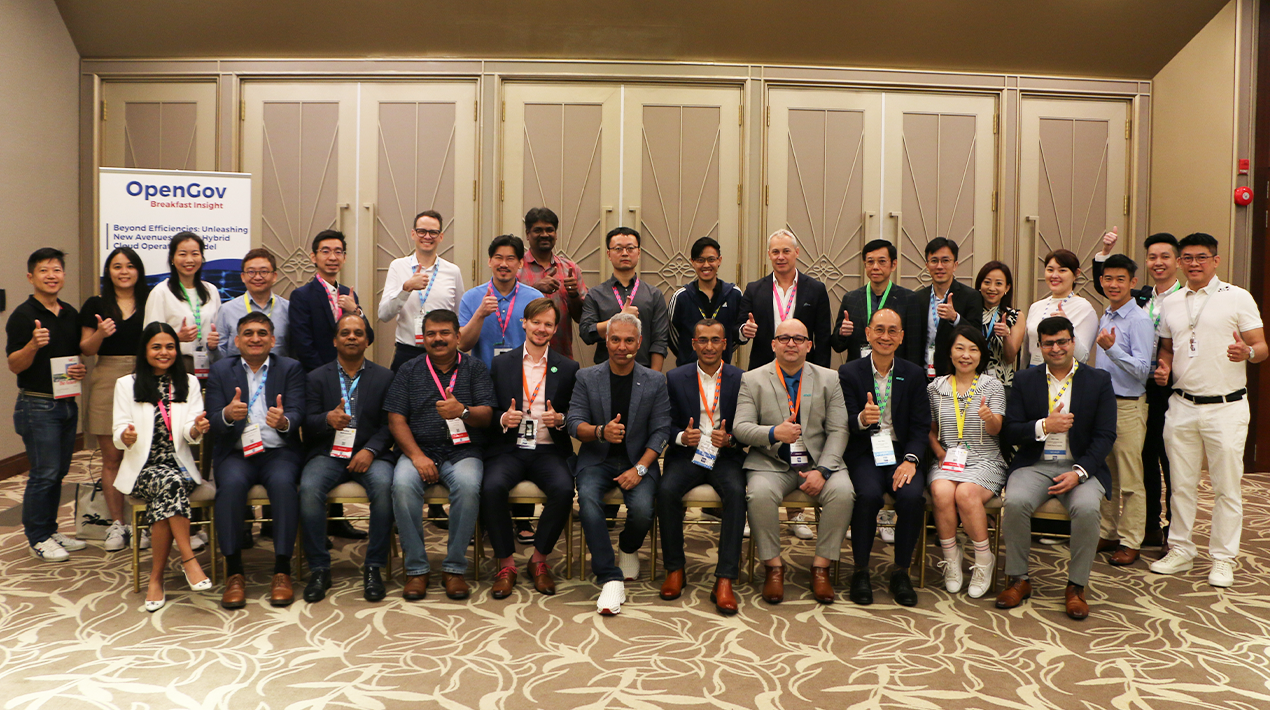
Many businesses are adopting a multi-cloud infrastructure. However, managing data and communication between multiple cloud environments is often challenging and complex. Therefore, companies often try to find a technical partner that can help them.
Companies with on-premise data centers need some type of interconnect to access their products and services hosted on the cloud. The traditional Virtual Private Network (VPN) connection method usually can’t meet enterprise speed, stability, security, and compliance requirements.
This whitepaper describes the challenges that companies face when building dedicated connections between different cloud environments and how Alibaba Cloud’s Express Connect is the perfect solution for them.





















